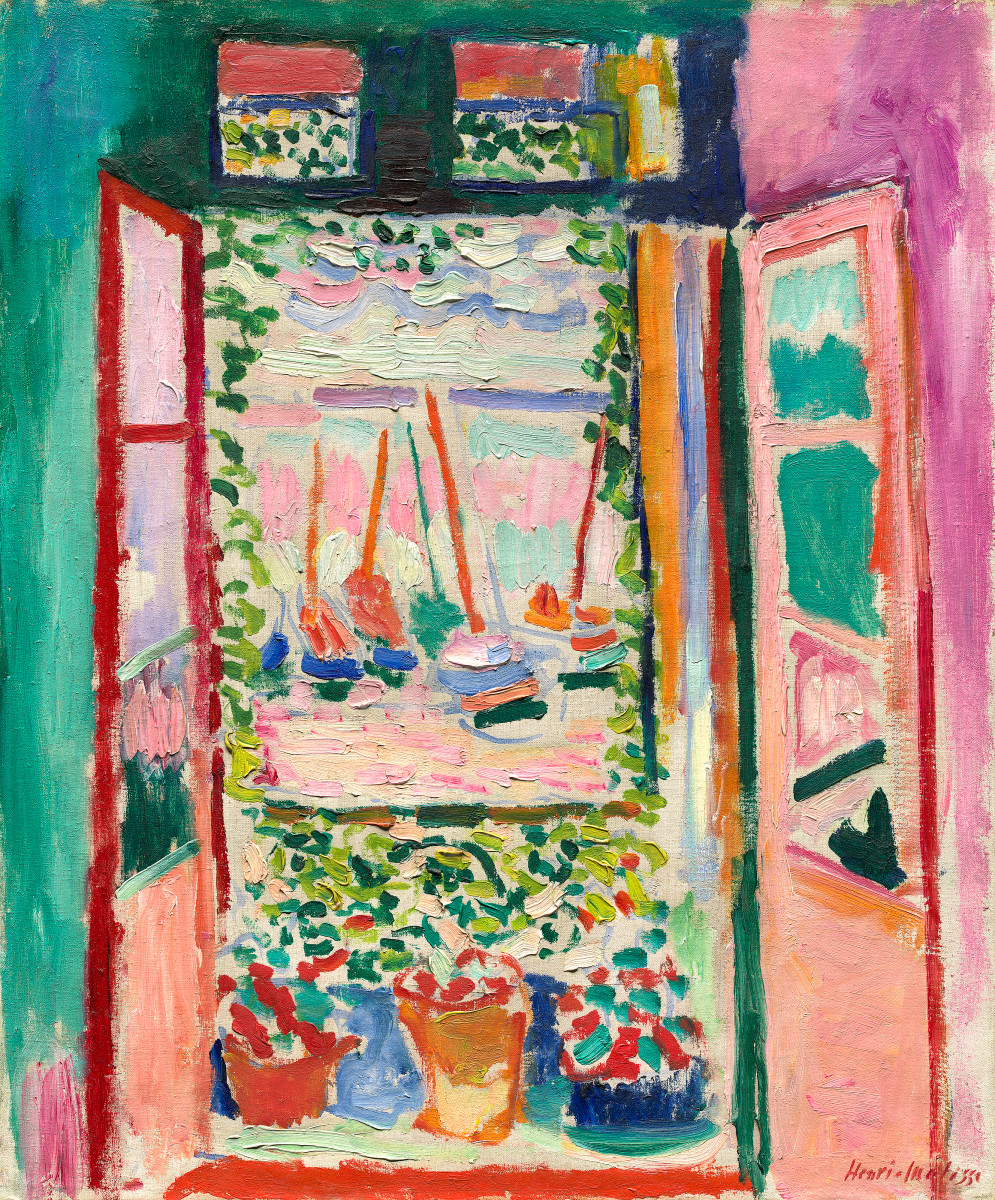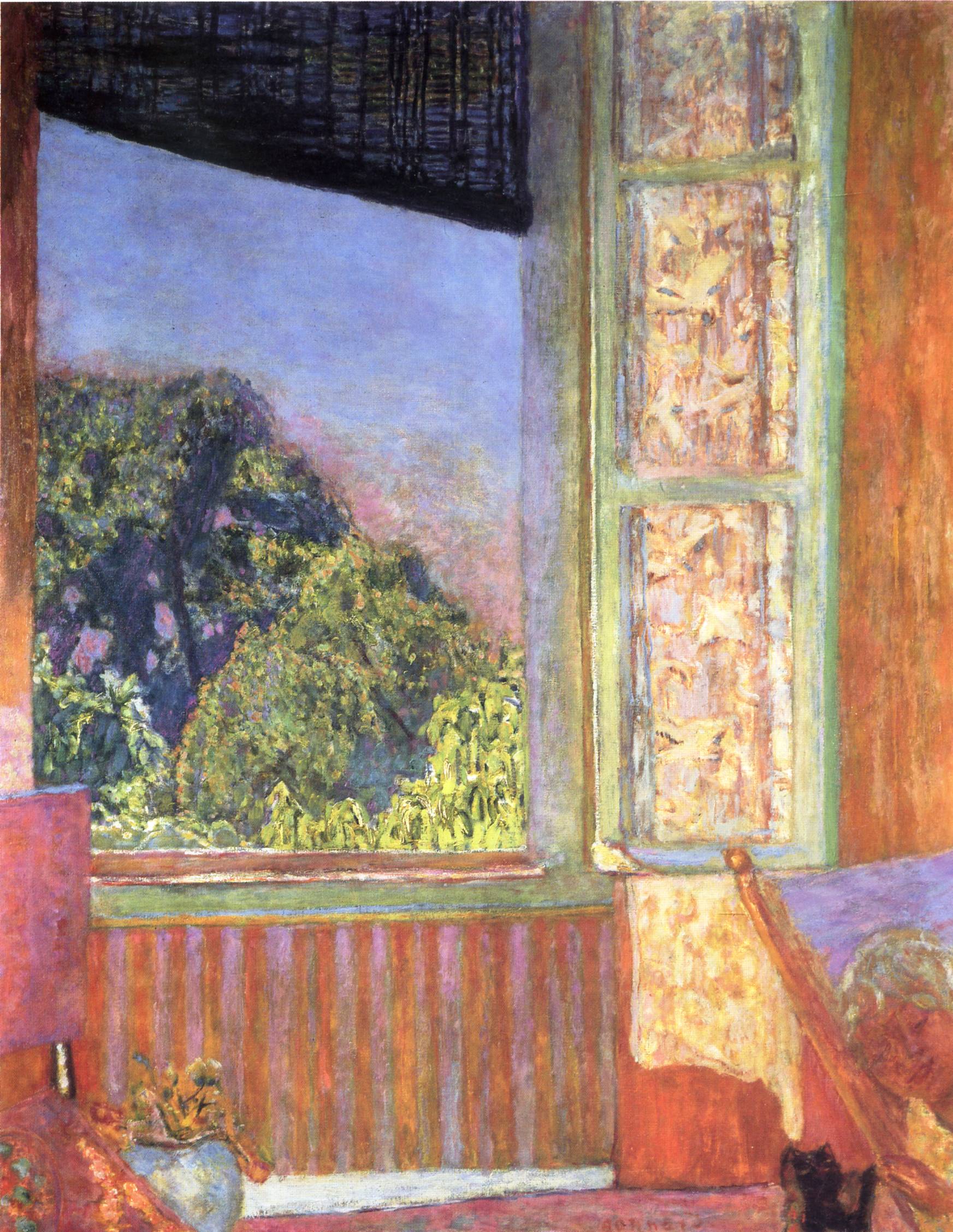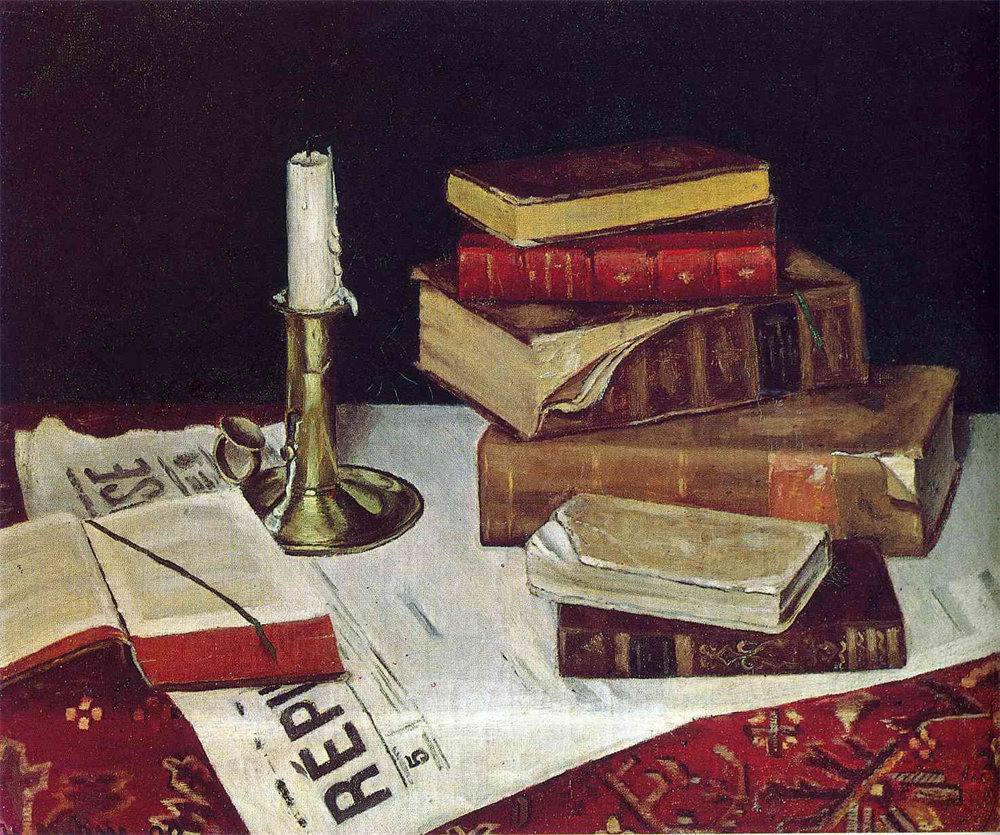配色-开着的窗户Open Window, Collioure
简介:《开着的窗户Open Window, Collioure》的配色图,配色百分比和色值,本作品是画家Henry Matisse于1905 年创作的一幅布面油画绘画作品。

配色数据:颜色百分比+色值 (配色基于AI视觉算法生成,点此反馈)
色环分布:小圆圈可选、可移动 ( 常用色环配色法→ )
作者:Henry Matisse Henri Matisse
作品名称:Open Window, Collioure
中文名称:开着的窗户
创作时间:1905 年
画作尺寸:55 × 46 cm
绘画类型:布面油画
流派:野兽派
题材:风景画
收藏于:私人收藏
In the summer of 1905, while collaborating with Henri Matisse and André Delaine near the Spanish border, he painted "The Open Window, Correl." The well-lit scene is vibrant and fascinating. Small boats with blue shells float on pink waves, and the sky is dotted with turquoise, pink, and periwinkles.
Matisse's The Open Window is a symbol of early modernism. A small but explosive work, it is hailed as one of the most important early paintings of the so-called Fauvism that emerged in 1904. Fauvism paintings are known for their stunning saturation, unmixed colours and broad brushstrokes. The effect is spontaneous, although the works reveal an elaborate blend of post-Impressionist and neo-Impressionist techniques. The Open Window represents the beginning of a new approach in Matisse's art. It was painted in Colliore, a small town on the Mediterranean coast of France, where Matisse and Deleon traveled together in the summer of 1905.
In 1905, "The Open Window" was exhibited at the landmark Motor Salon, where Matisse and other Brutalist painters were met with critical skepticism and public scorn. The label "Beast" (Beast) itself originated in a newspaper review of the exhibition by art critic Louis Vauxcelles. Vauxcelles accused Matisse of diminishing the coherence of form in his work, praising the artist as "one of the most gifted painters of our time"; the word "Beast" he used appeared twice and was actually ambiguous: it alluded both to Matisse's fellow painters in Salon VII and to the insensitive public who scorned Matisse's work. Despite this, the media soon referred to Saar VII as the Cage of the Beast, and by 1906, this had become the accepted nickname for Matisse, Delaine, and his peers.
The lyrical beauty of The Open Window belies the visual and conceptual complexity of the work, in which the traditional mode of representation is always dominated by other painterly concerns. At the time this work was painted, Derain writes that even Collioure's shadows are a "whole world of clarity and brightness". In pursuit of maximum color intensity, Matisse largely eschews chiaroscuro, which creates an illusion of volume and spatial depth. Instead, the interior walls around the window are evenly divided into vast areas of turquoise and fuchsia, a contrast that stems from the complementary opposition of green and red on the color wheel (a contrast that recurs in the flower pots at the bottom of the picture). In the context of Matisse's "The Woman in the Hat" (San Francisco Museum of Modern Art), almost identical, almost abstract color relationships occur during this period. In addition, "Open Window" also contains a dizzying variety of brushstrokes, from long mixed marks to short broken strokes. Matisse expresses each area of the image with distinctly different brushstrokes - the interior of the room, the window itself, the balcony, the harbor view - creating a pulsating, cross-rhythmic overall surface effect. Finally, the composition of the work is framed within a series of frames: the wall contains the windows; the windows constitute the middle ground; while the balcony reveals the landscape.
The comparison of painting to windows has been a traditional trope in art theory since the Renaissance. Matisse used this comparison as the subject of a picture that was only mystically representative (by the standards of the time), and he made "The Window Opening of Colliol" the epitome of a new direction in modern art in which painting developed greater and greater autonomy from what it depicted. The open window (and the window metaphor in painting) then became a central theme in Matisse's work.
原画TIF大图下载:
暂无大图
2、本资源部分来源其他平台或互联网收集,如有侵权请联系及时处理。








点评和反馈